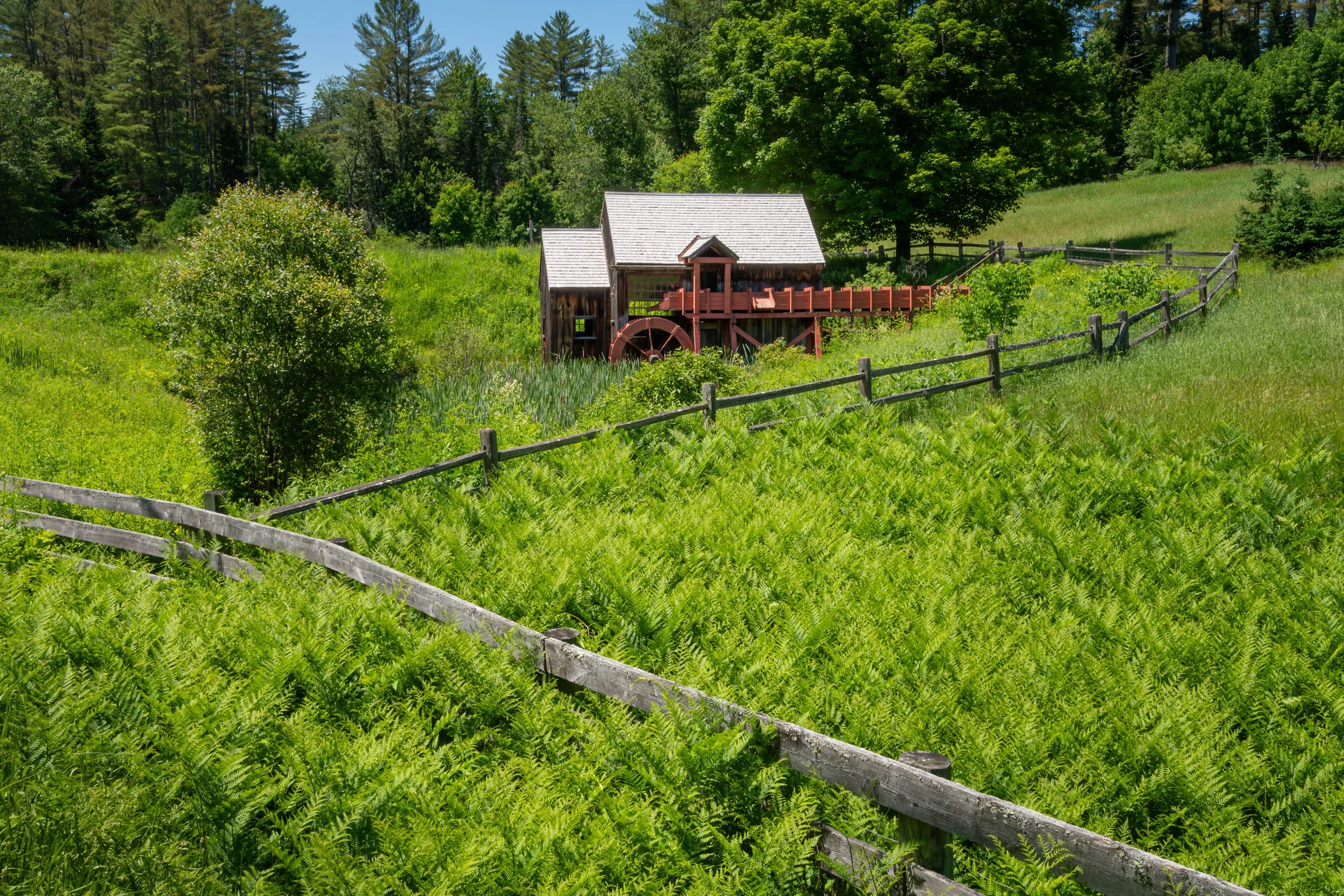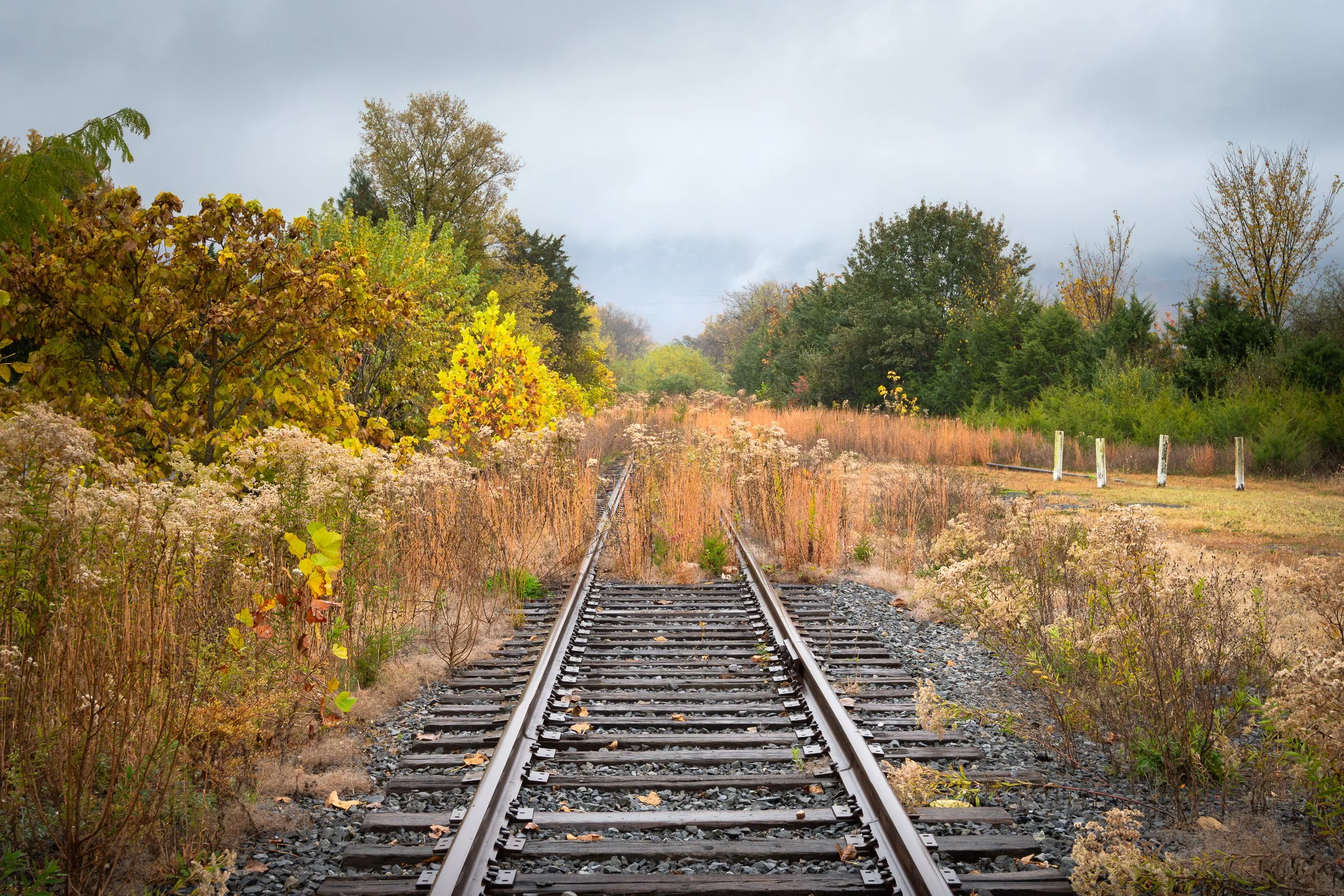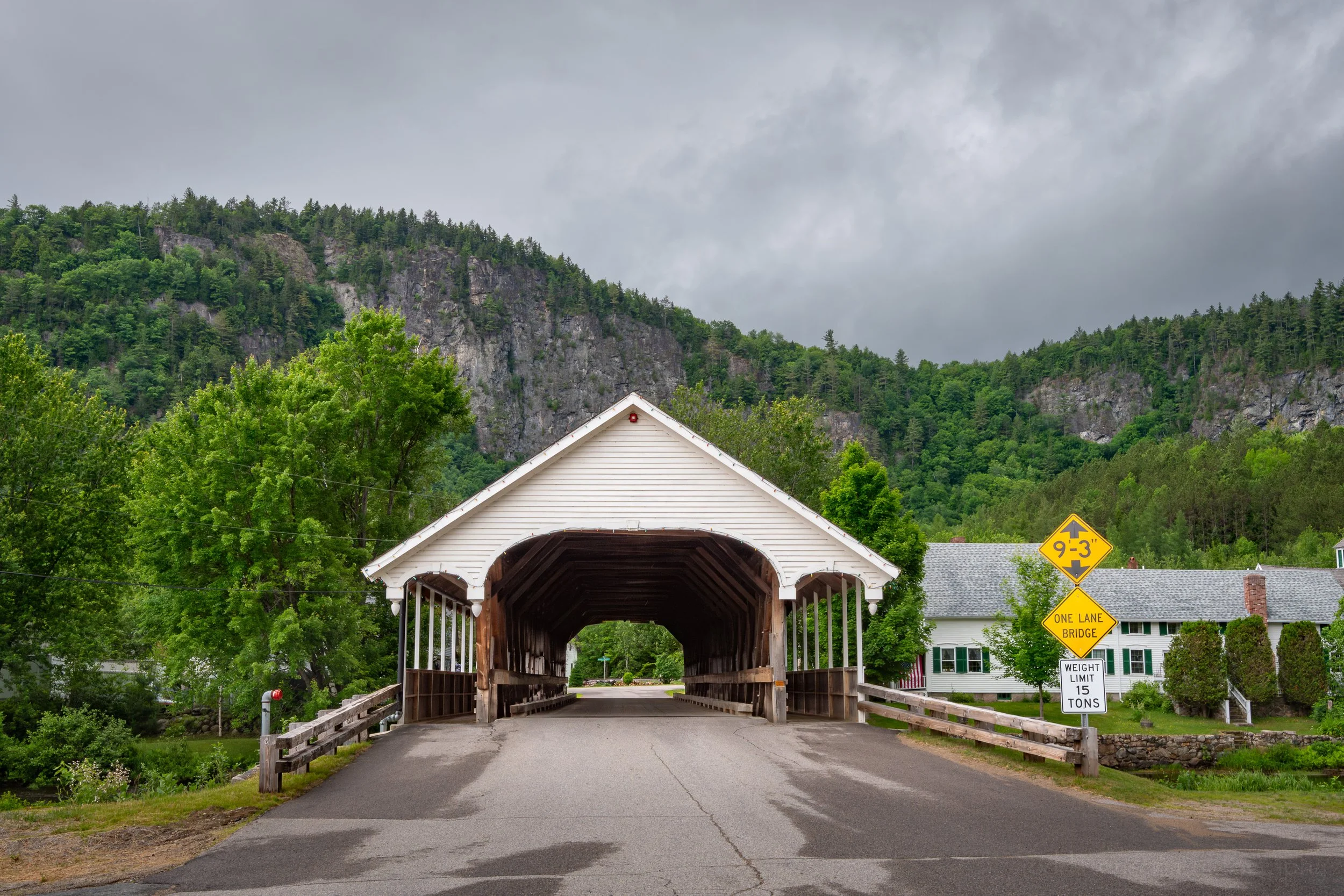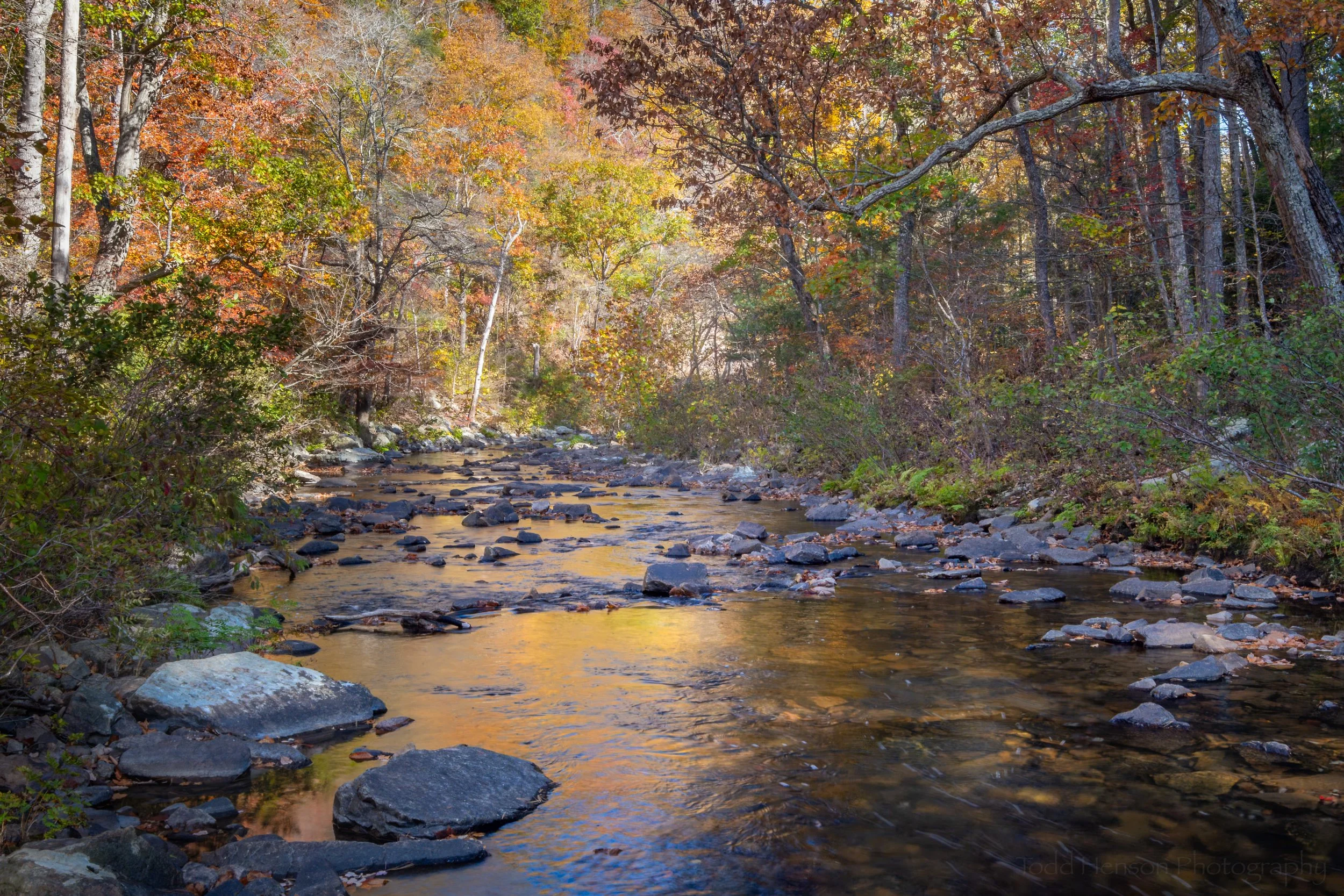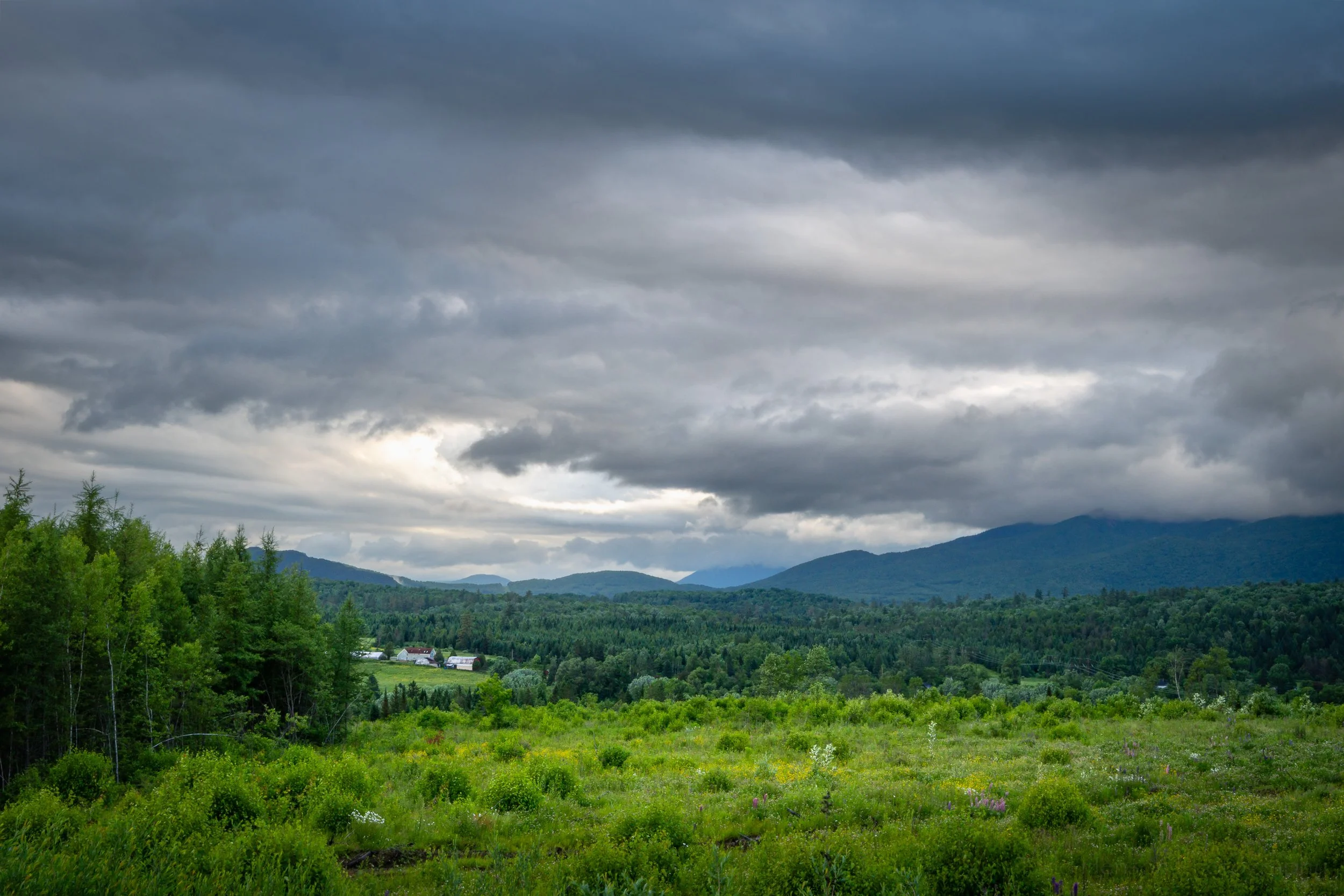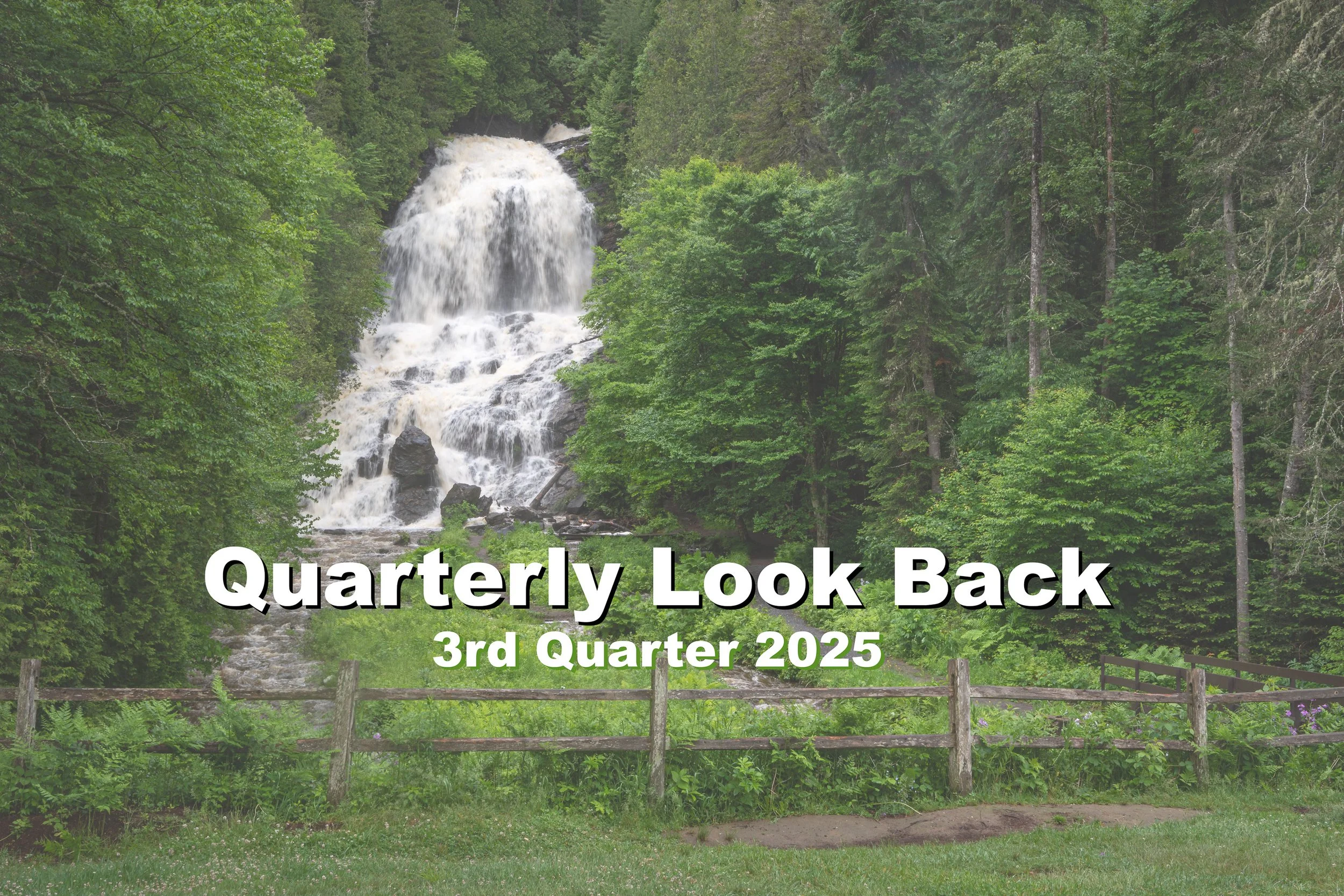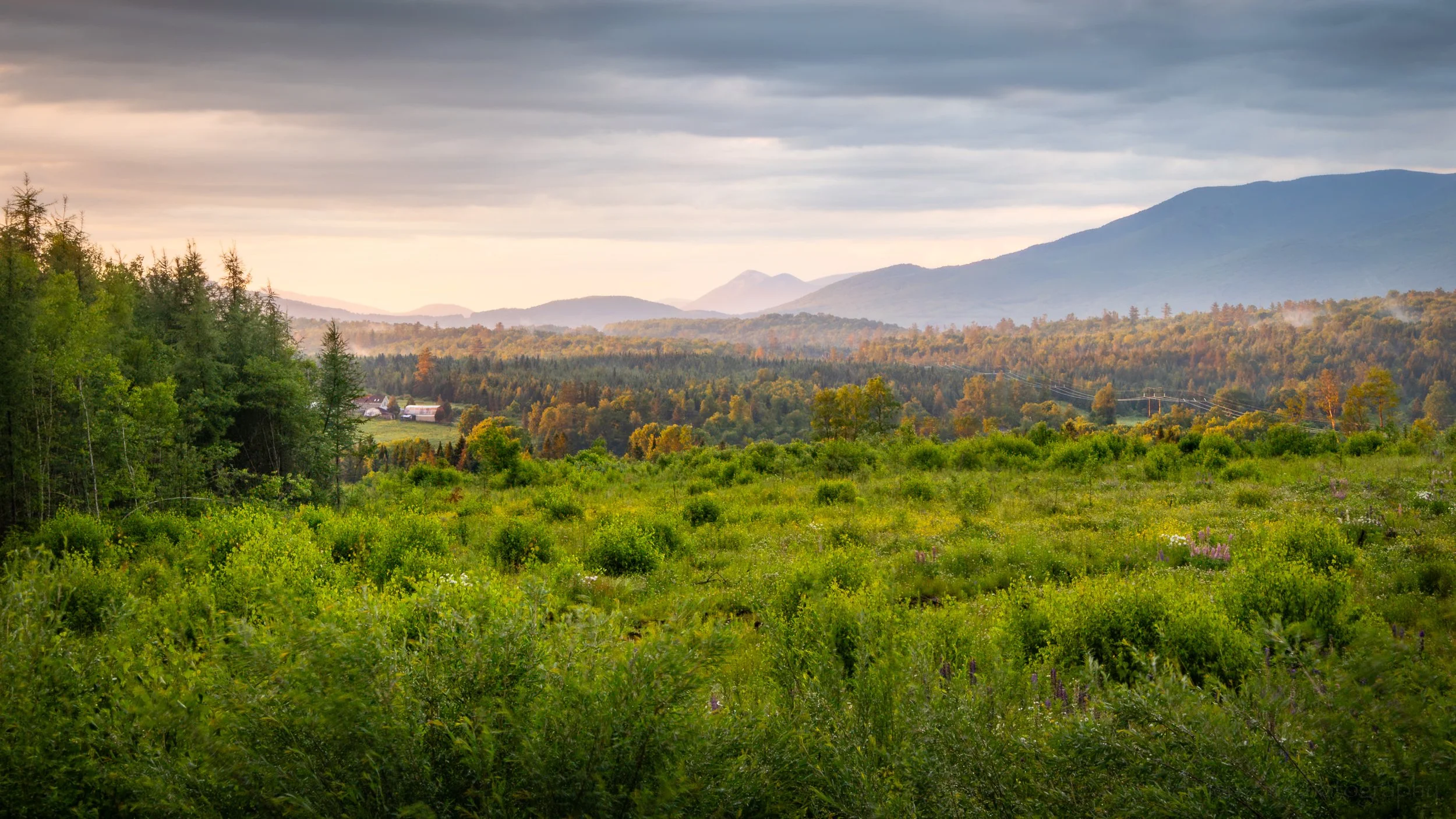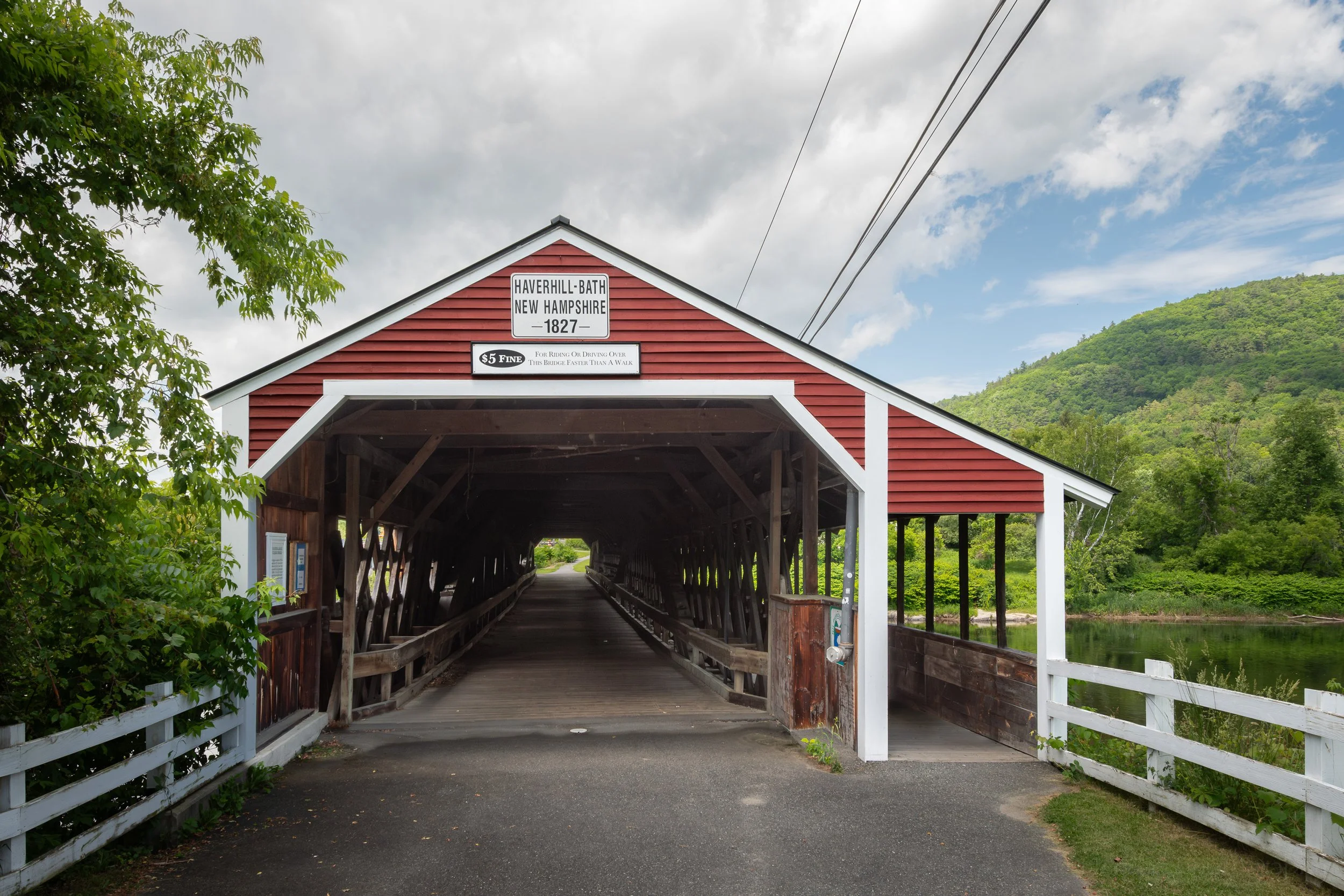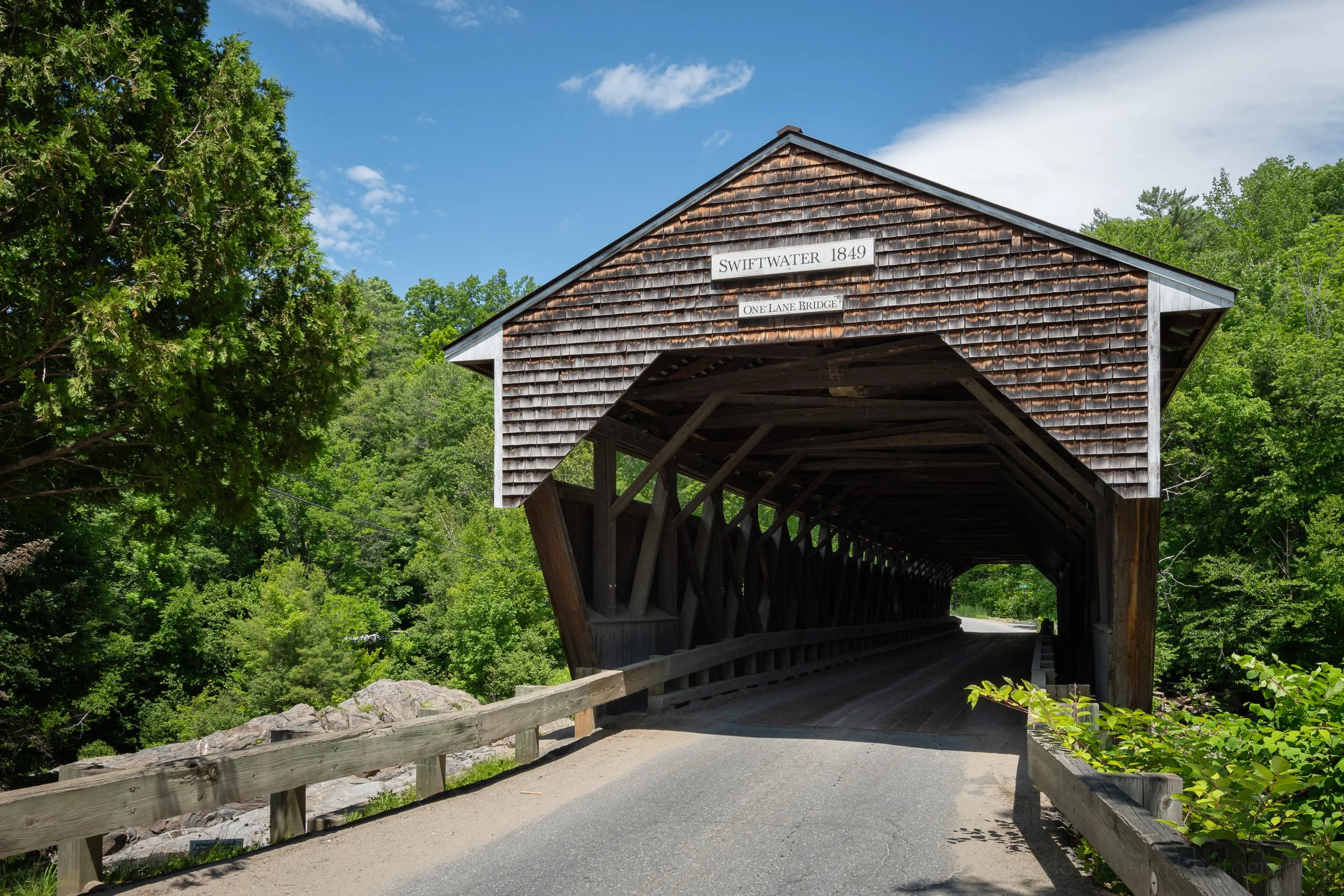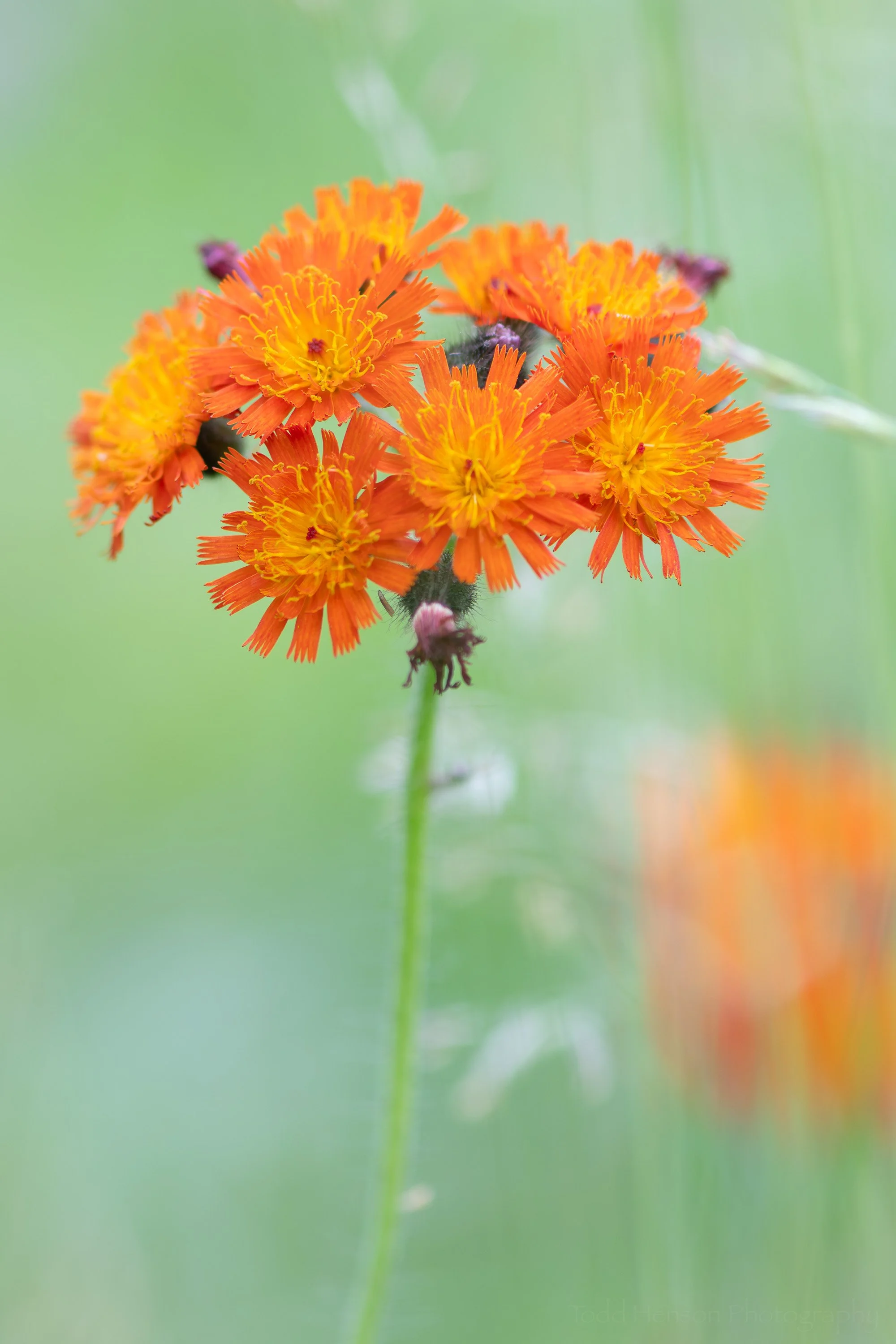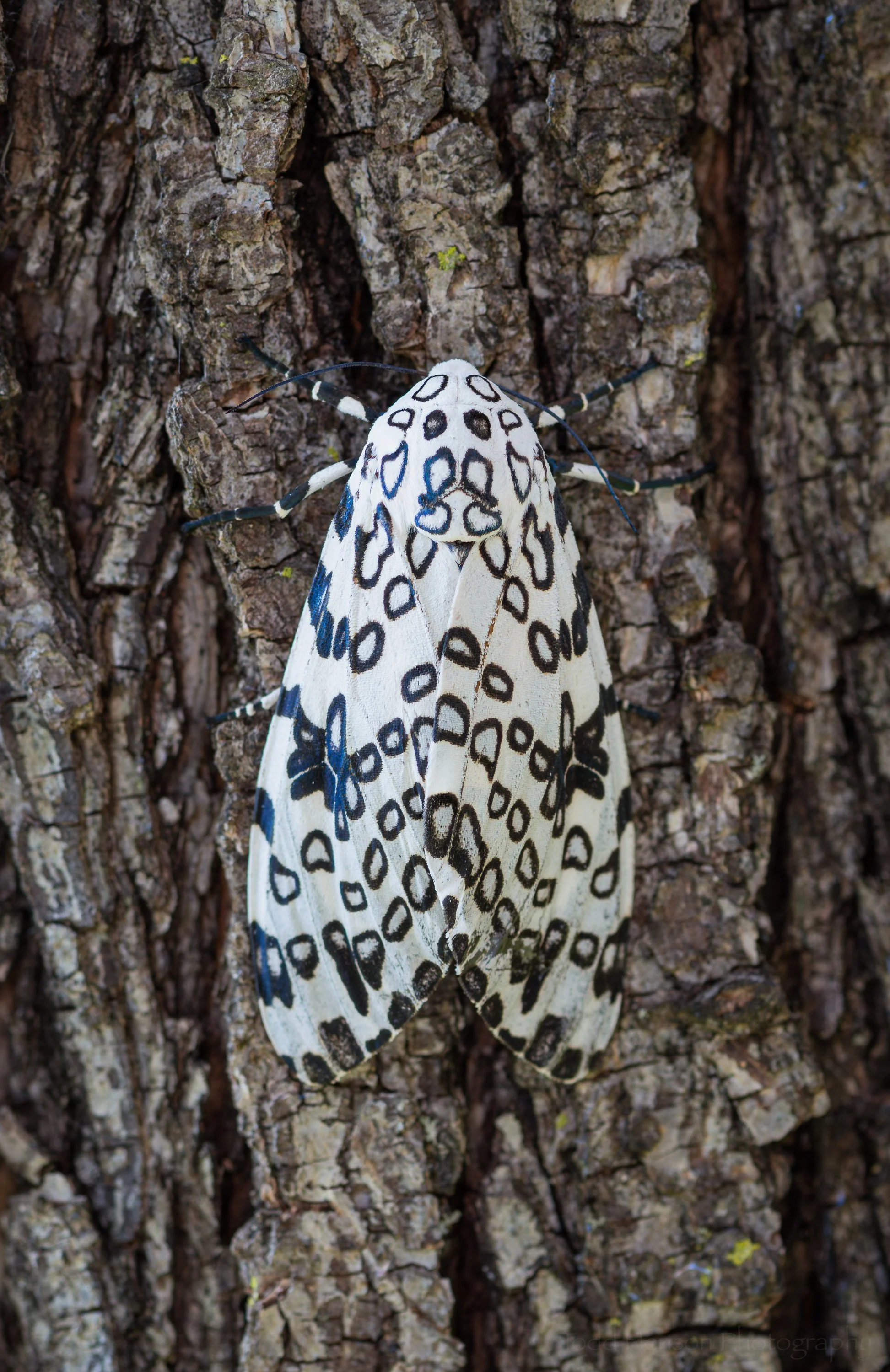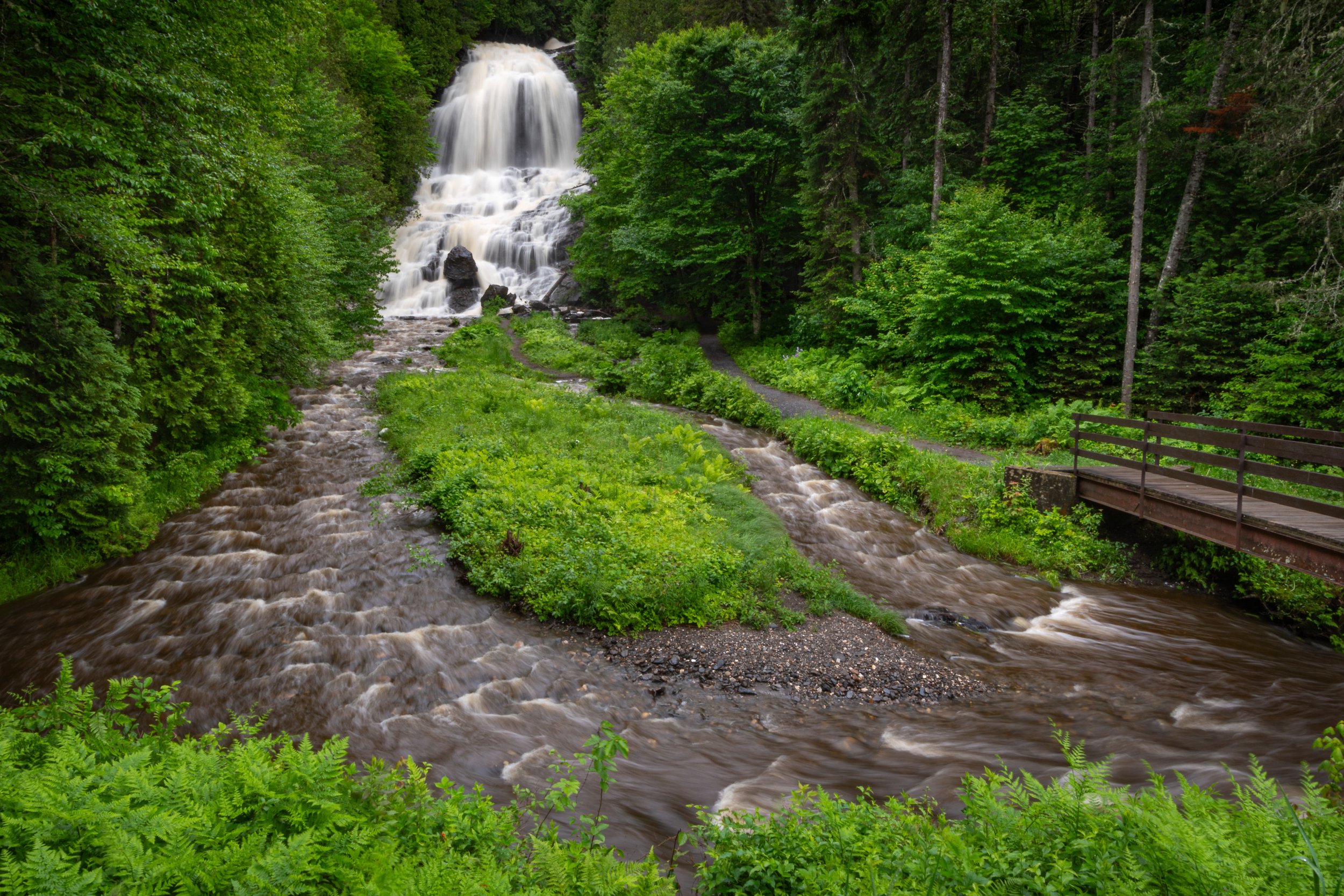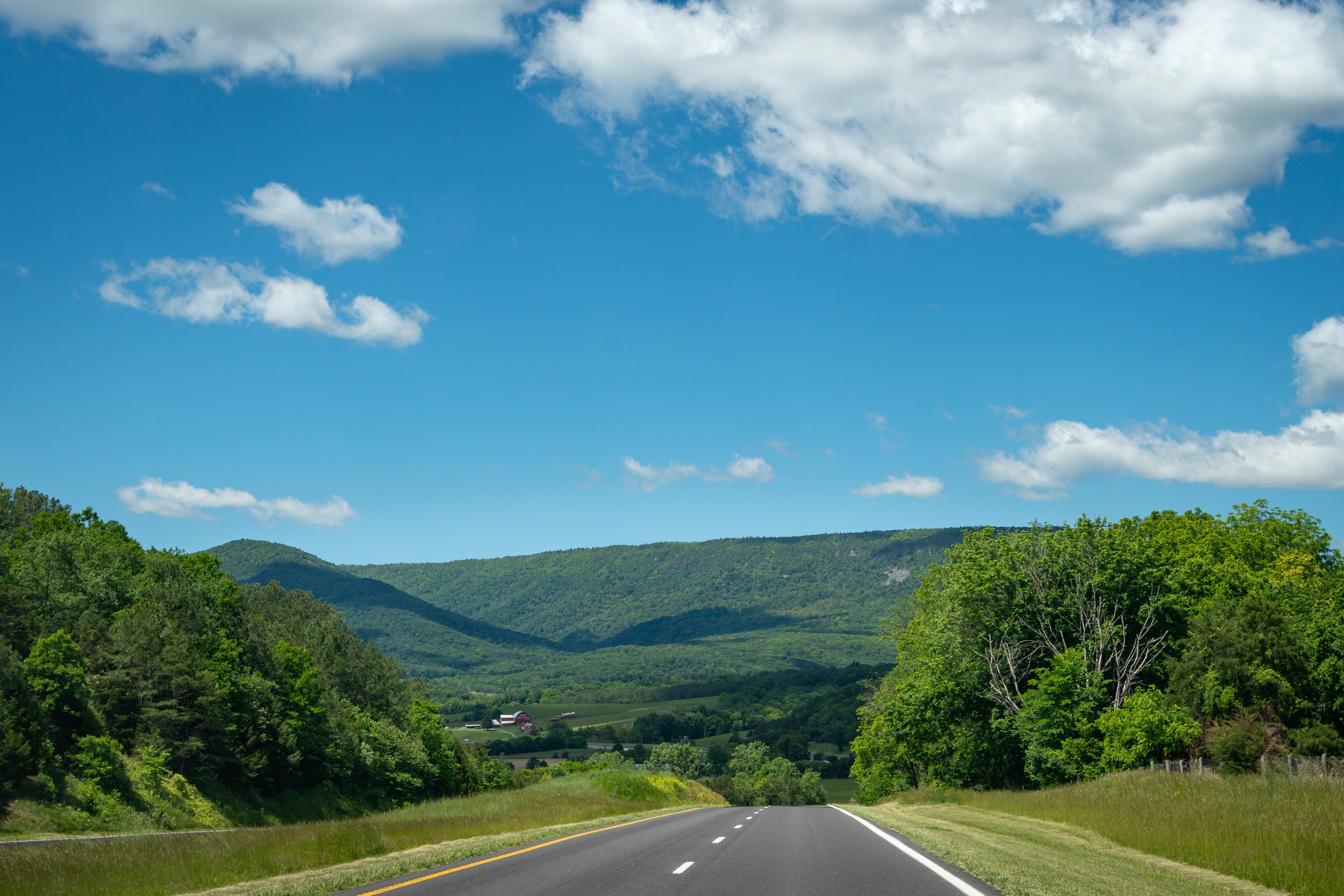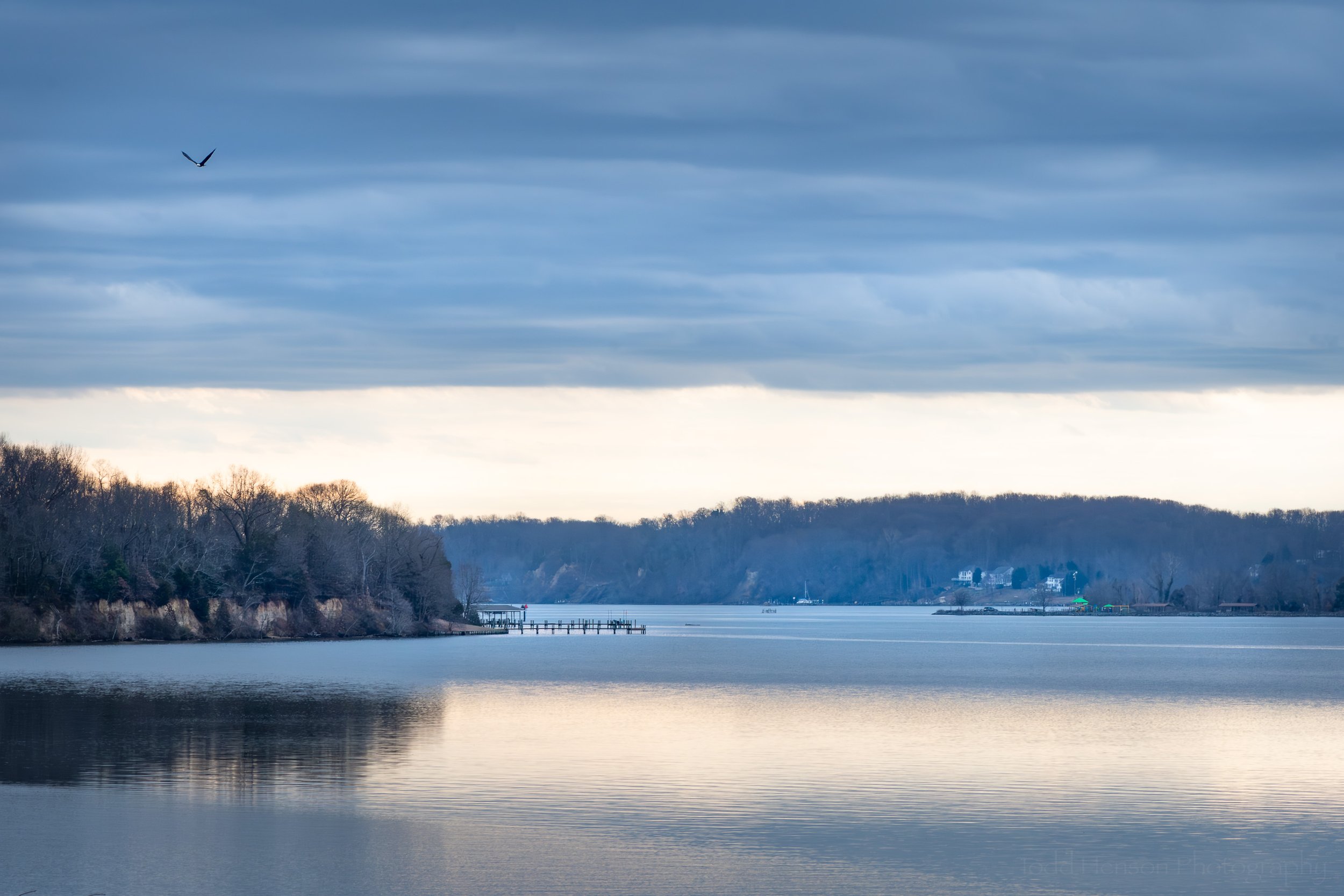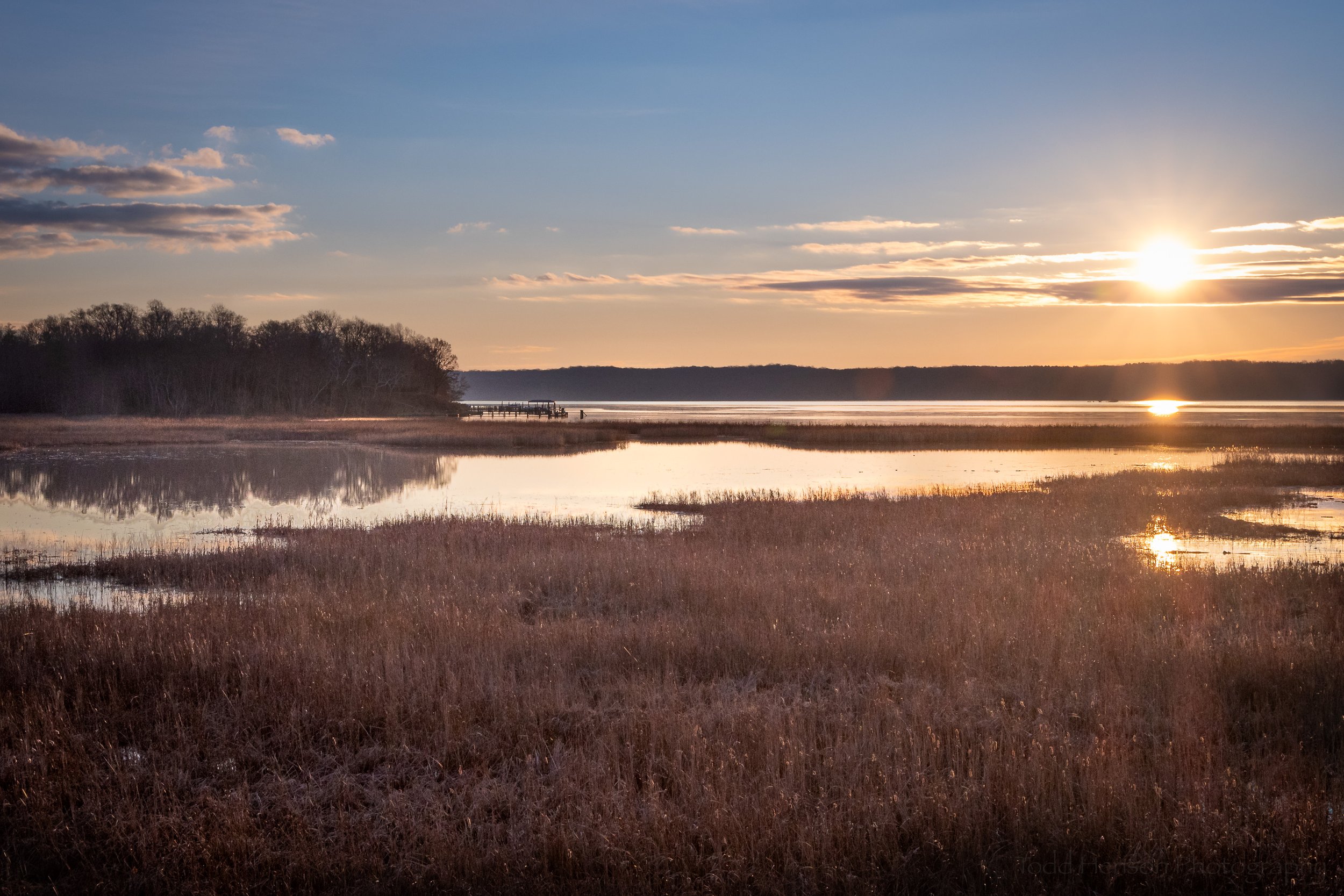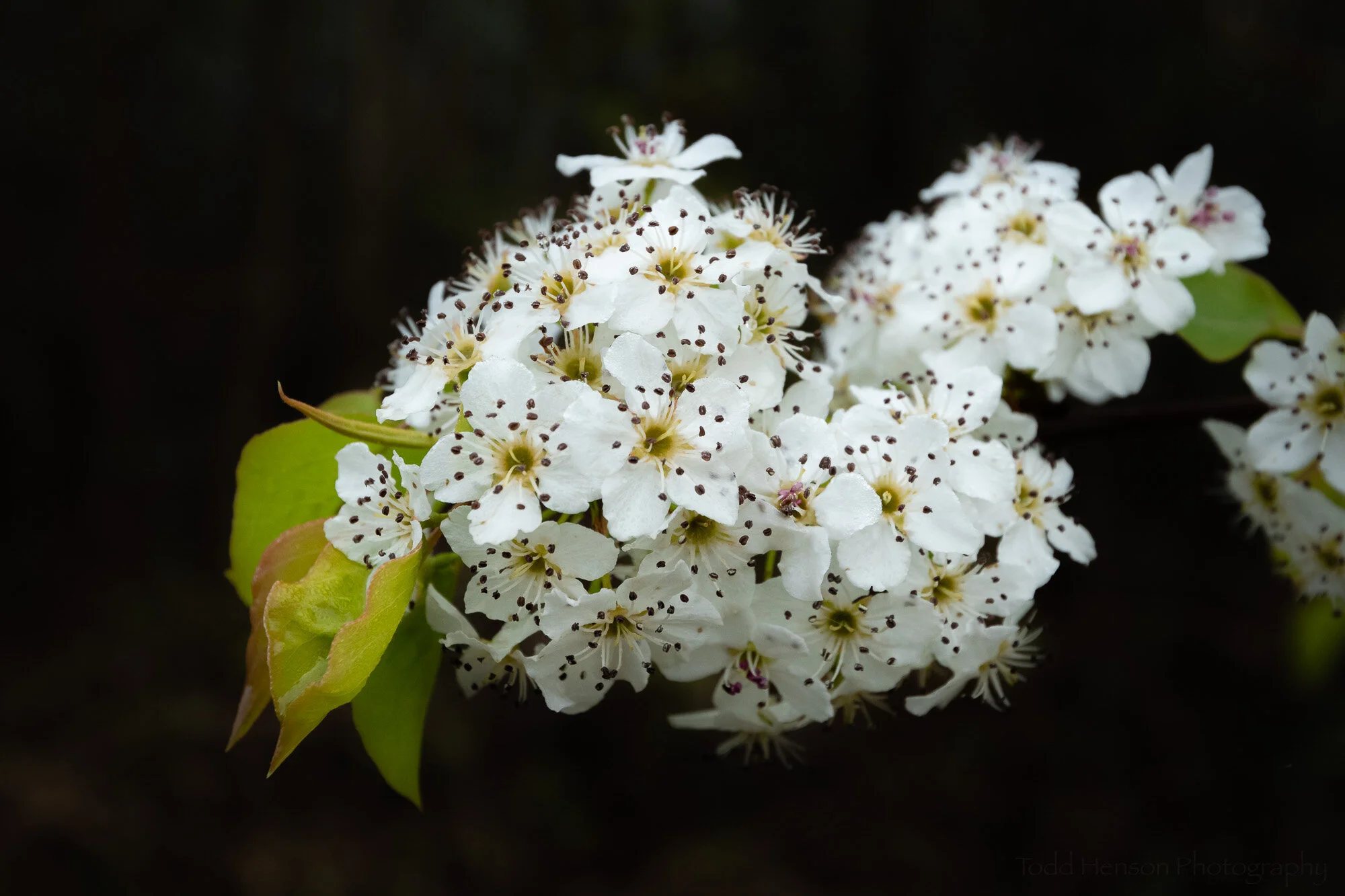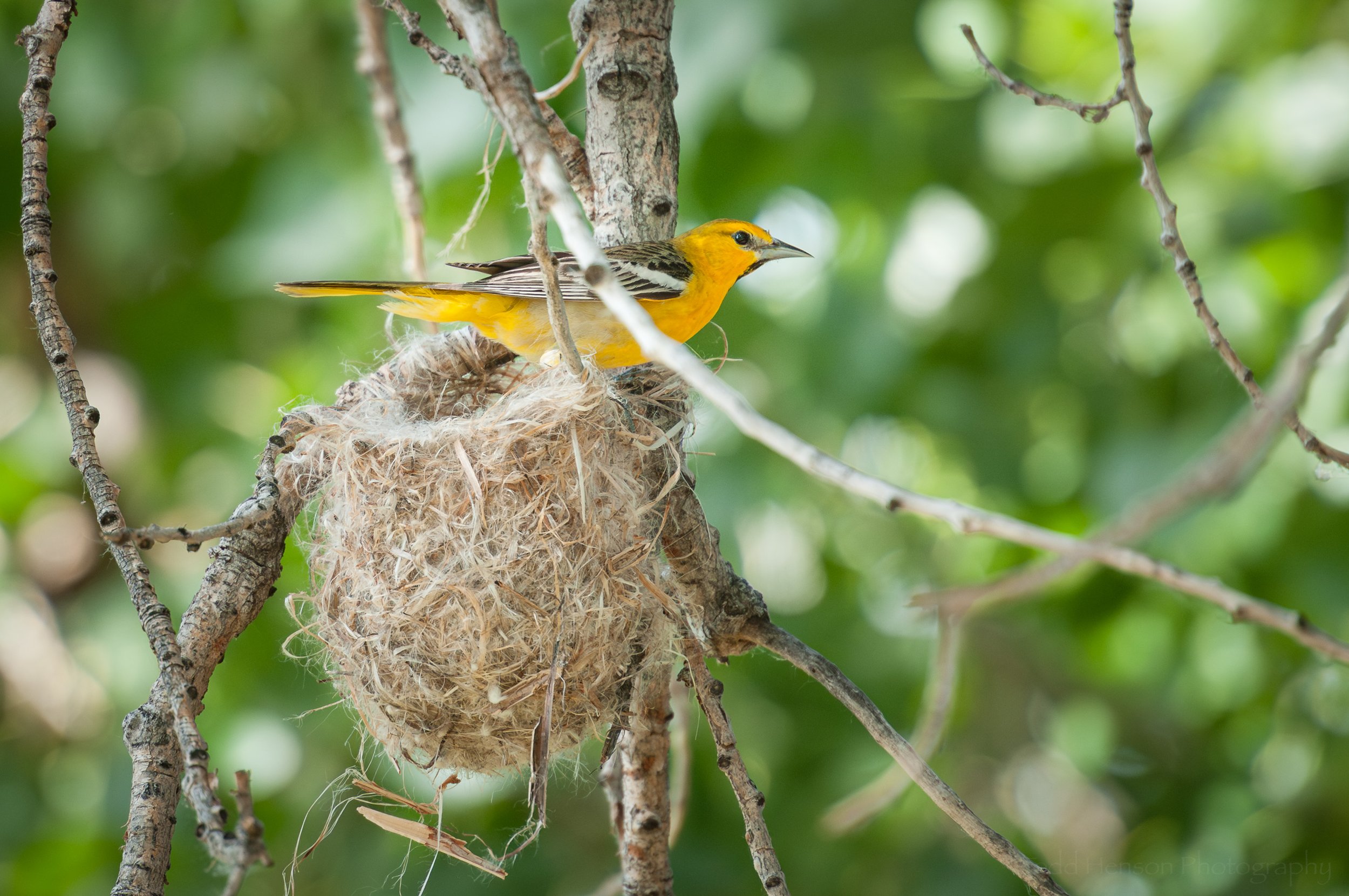This photo is a failure. Can you spot the flaws?
This is the first of what may turn into a series of posts about my photographic failures. We tend to learn more from our failures than our successes, so it can be a valuable exercise studying our failed photographs to determine what went wrong, and what we could have done to turn the failure into a success.
Take a close look at the photo above. Click on the image for a larger view. What do you like about the photo? What problems do you see?
When analyzing my photos I first focus on what I like about an image. What did I do right? In this case I like the general pose of the Yellow-rumped Warbler, the position and angle of its body. The image does a reasonably good job of showing the colors and patterns of this bird. I really like the clean, solid color background. I intentionally positioned myself to have this sort of background. I like the general composition, the placement of the bird in the frame and how the tree runs along the right side of the frame.
But why is the photo a failure? What do you think? Do you see any issues? I see a couple. The most obvious is the bird moved during the exposure, resulting in a blurry head. Blurry subjects like this rarely work. There are exceptions, but I don’t believe this is one of them. The second issue is the angle of the birds head. Notice it is slightly facing away from the camera? This isn’t a major issue but it can detract. It would have been much better had I captured the bird with its head tilted more towards the camera. It would have created a more pleasing angle, and the resulting eye contact would have increased the chance of engaging the viewer. Eye contact with the subject can strongly bring the viewer into a photo.
Thankfully, I was able to create a similar photo, one I consider a success. Compare the two. Do you see the differences?
This photo is a failure.
This photo is a success.
Now take a look at a zoomed in comparison of the two photographs. You can more easily see the issues I mentioned with the failure, and the slight shift in head angle and focus that made the second successful. Notice how much better the image looks when the subject is in focus. And do you see the difference in the angle of the head, how in the failed photo the head is facing slightly away but in the successful one it is angled a bit more towards the camera? Another benefit of this is a small catch light in the eye in the successful photo. It’s a small and subtle thing, but catch lights can enhance viewer engagement. We seem drawn to eyes, and eyes with a catchlight often catch our attention more than those without.
A comparison of the failure and the success. Can you spot the differences?
I hope this exercise was useful. We all create photographs that just don’t work. In fact, most of us will create far more of these than we will successful photographs. But don’t let this discourage you. Each failed photograph can be an opportunity to learn and to improve our photography.
Do you enjoy these posts?
Sign up to receive periodic emails with updates and thoughts. Don’t worry, I won’t spam you. And please consider purchasing artwork or products from my online store, and using my affiliate links in the sidebar to the right when shopping online.
I appreciate your support!
